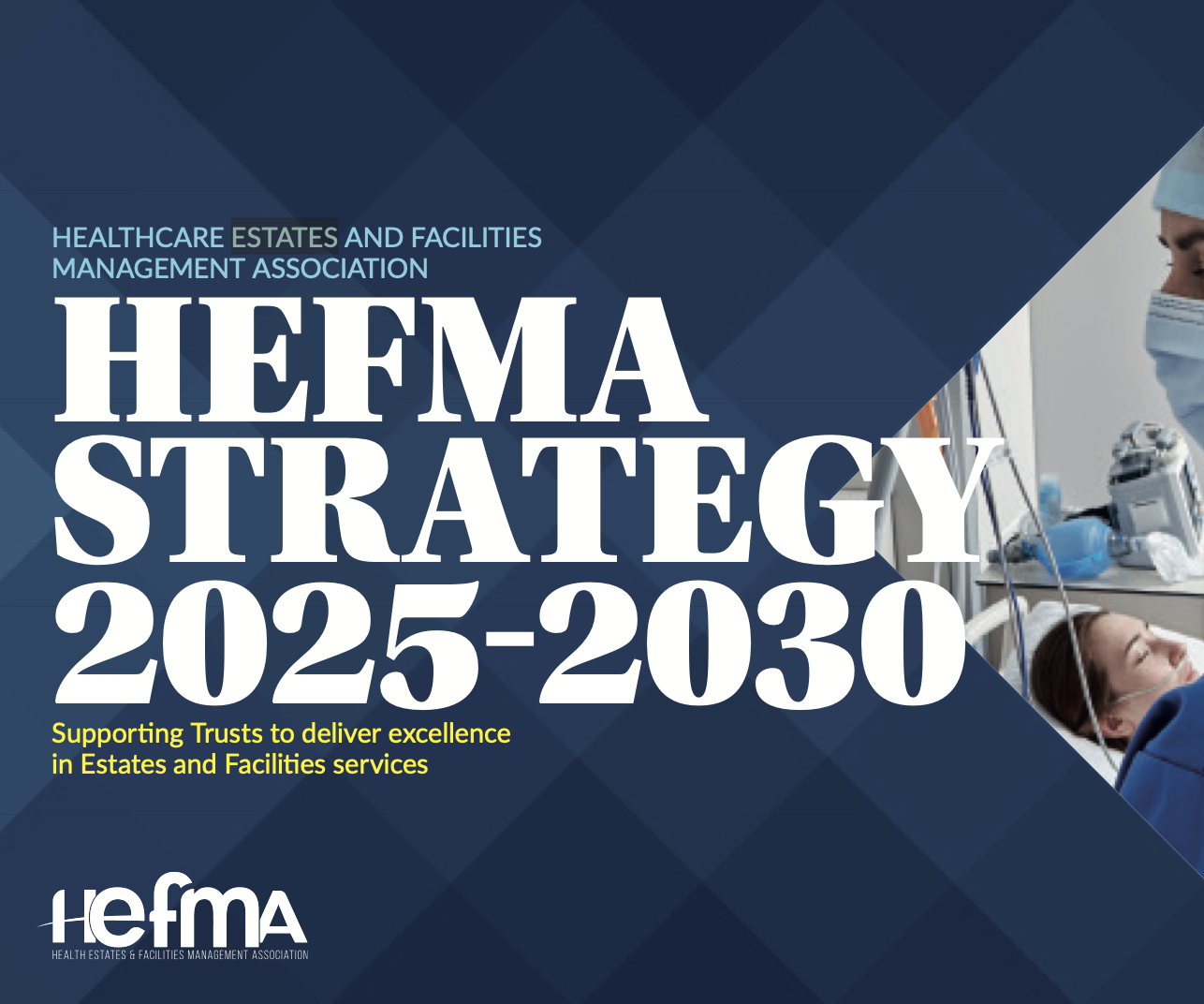Find out who are the winners of the 2023 Our Health Heroes Awards https://t.co/LQMdhHtz6y pic.twitter.com/GlPwx17Bz4
— HEFMA (@HEFMAUK) June 13, 2023
Countess Mountbatten House
Countess Mountbatten House is a 25 bed unit, providing specialist end of life care and support for patients and families. There were 22 patients receiving care at the time of the inspection.
The day care unit (the Hazel Centre) supports patients living in the community. There is a dedicated nursing and bereavement team working closely with the clinical nurse specialist, led by consultants at the hospice, and those in the community. Patients benefit and receive care and support from a dedicated multidisciplinary team, including counselling, physiotherapy and occupational therapy teams.
There was no registered manager, as the hospice is part of the trust and does not require a registered manager. A matron was in day to day charge of the hospice. Registered persons have legal responsibility for meeting the requirements in the Health and Social Care Act 2008 and associated Regulations about how the service is run.
The hospice had a dedicated staff team with clear visions and values. Staff commented “we work as a team and all pull together”, in order to achieve best outcomes for the patients. Patients and their relatives described the care and treatment they were receiving as “excellent care”. Staff we were told were “very caring” and patients said “they (the staff) can’t do enough for you”. Care and support was provided in a caring, compassionate manner, and the patients’ privacy and dignity were respected.
There were arrangements to assess risks, such as falls and pressure injury, to ensure the safety of patients. Care plans had been developed following assessments by physiotherapy for patients identified as high risk of falls. These provided guidance to staff in order to manage these risks in a consistent way. The staff rotas showed that there were consistently enough staff with the skill mix to provide safe and consistent care.
The CQC is required by law to monitor the operation of the Mental Capacity Act (MCA) 2005 Deprivation of Liberty Safeguards (DoLS), and to report on what we find. DoLS are a code of practice to supplement the main Mental Capacity Act 2005. Staff were clear about the actions they would need to take if they needed to evoke the DoLS to
protect the rights of patients. We were given an example of how staff had ensured the safeguards were initiated and assessments carried out by appropriately trained professionals.
The service had developed ways of ensuring that staff received the training they needed to deliver a high standard of care. Staff had been trained and appointed as ‘champions’. Champions were staff that showed a particular skill or interest in reducing falls, and providing end of life care and infection control, and acted as role models for other staff. Staff told us that they had received training which was appropriate to their roles.
There was a strong commitment and support for the patients and their relatives, before and after death. Patients were treated with compassion and care. They were put at the centre of their care through ongoing consultation and involvement of their relatives and multidisciplinary team, so that care could be tailored to their individual needs.
There was strong clinical leadership at the hospice. There was a clear governance structure from unit level to the trust board. Members of the board made quarterly visits to both the hospice and community services. However, the process to seek patients and their relatives’ views was not fully developed and the trust needed to work with its partners to improve the provision of bereavement and hospice at home services.
Areas for improvement
Action the hospice should take to improve:
The hospice needs to ensure that:
• Staff have training in the use of the electronic patient record system to enable them to access information as needed.
• Strategies are developed to provide support for the families of those who were cared for by the service in the community.
• The hospice at home service is developed with partners, as an integral component of community end of life care.






